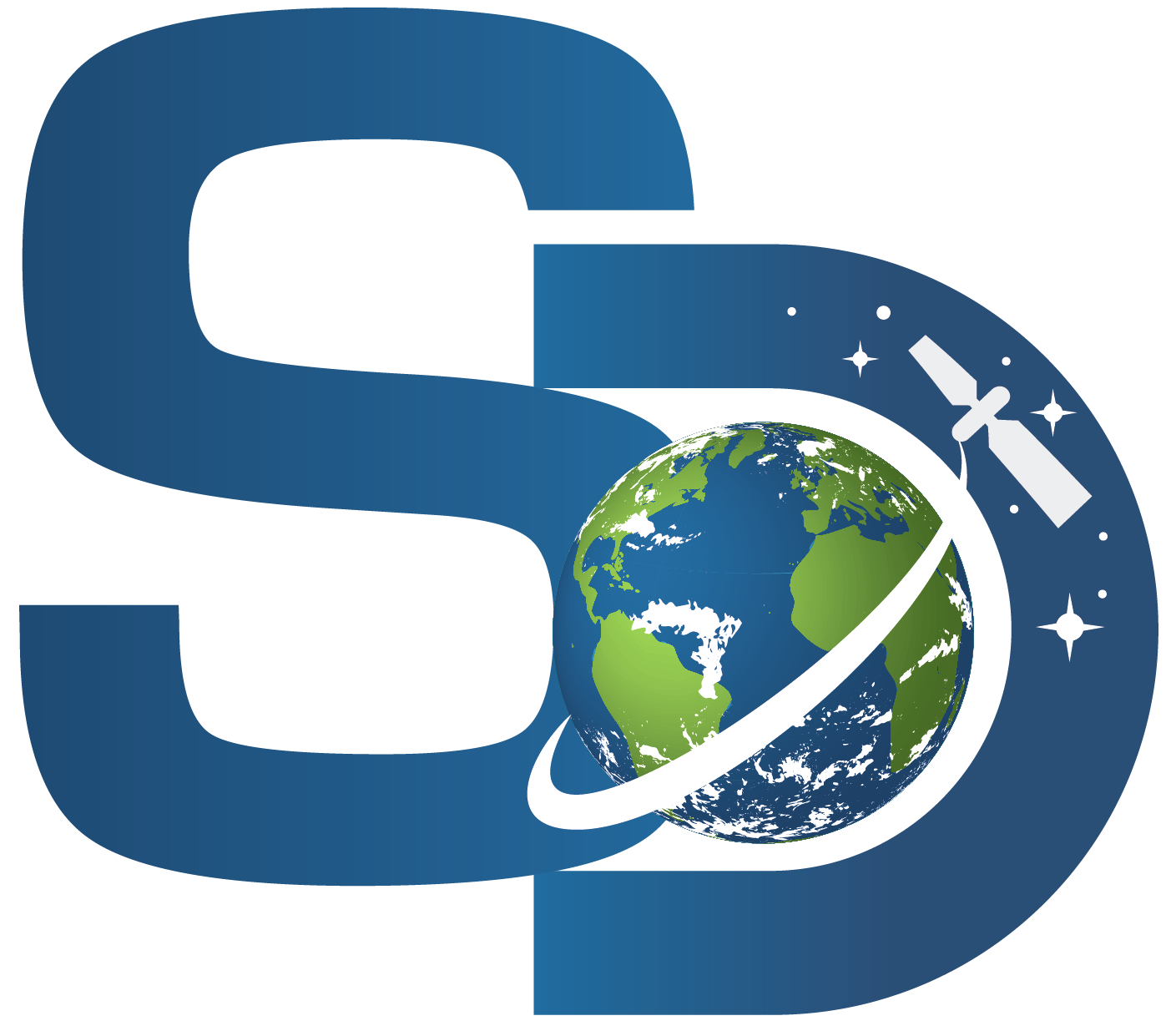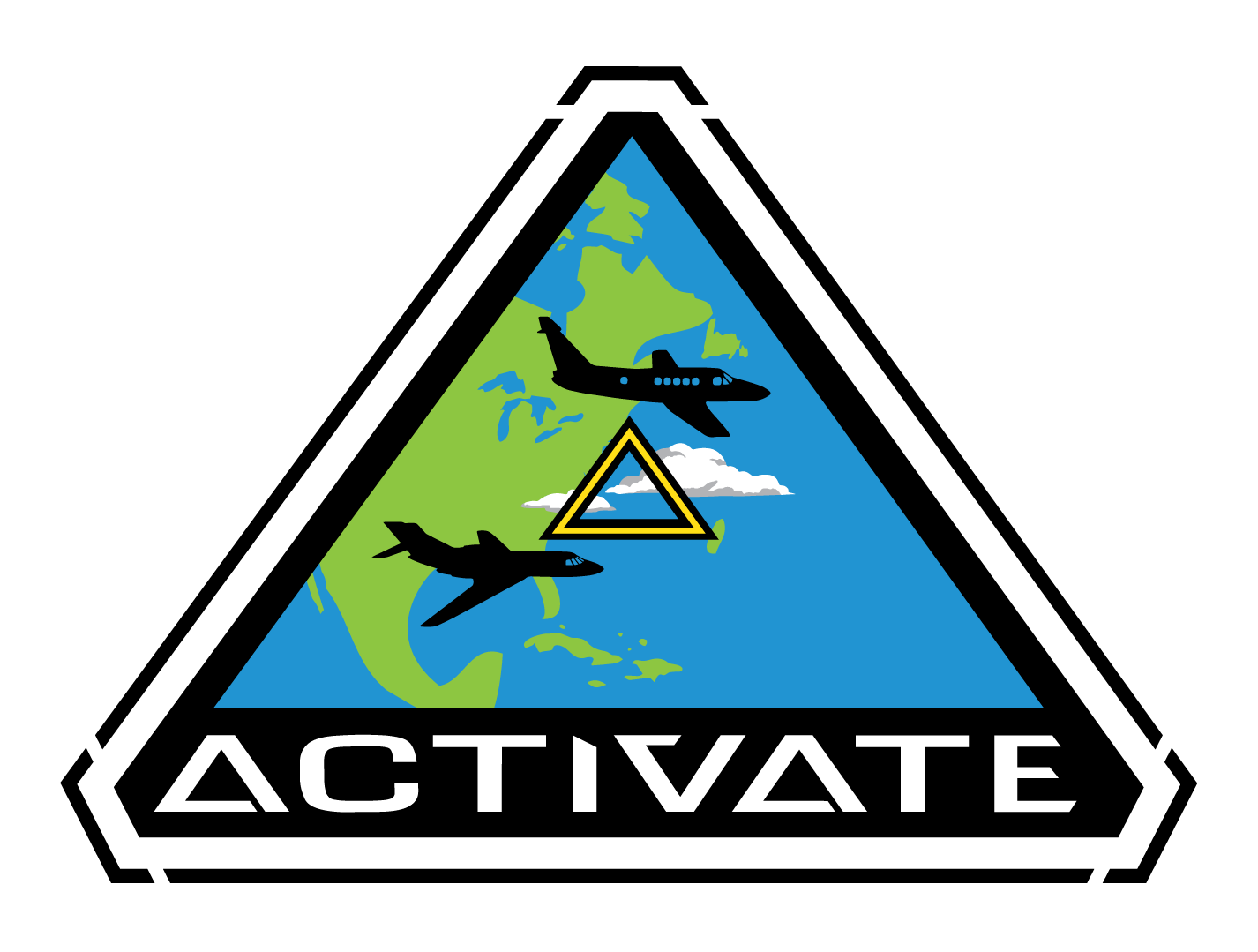The ERBE Scanner Instrument
Background
The ERBE scanning instrument , like it’s non-scanning companion, was designed, built, and calibrated by TRW, Inc. at it’s facility in Redondo Beach, California in 1984. There are three detectors within the instrument (total, longwave, and shortwave), which normally operate in a cross- track mode, scanning from above the horizon, down across the Earth disk, through nadir, continuing across the other Earth limb up through space to the internal blackbody. In-flight, the instrument is normally calibrated (internally) at 2-week intervals.The scanning detectors used are as follows:
The ERBE Scanning Detectors:
- One Total wavelength thermistor bolometer.
- One Long wavelength thermistor bolometer.
- One Short wavelength thermistor bolometer.
The total detector measures radiation in the 0.2 – 50.0 micron wavelength band, the longwave detector measures radiation in the 0.5-50.0 micron wavelength band, and the shortwave detector measures radiation in the 0.2 – 5.0 micron band.
History
The Earth Radiation Budget Satellite (ERBS) scanner was operational for more than five years. A representative sample of ERBS scanner measurements shows a surface map of the Earth’s surface with the regional time and space averaged longwave fluxes for the ERBS for April 1985.
Return to ERBE Home
ERBE Science Lead: Seiji Kato

